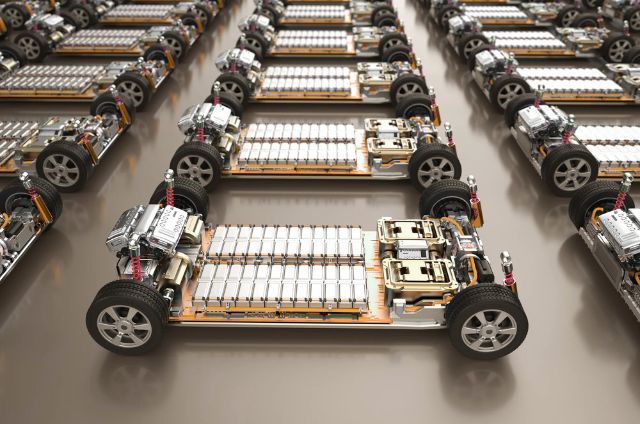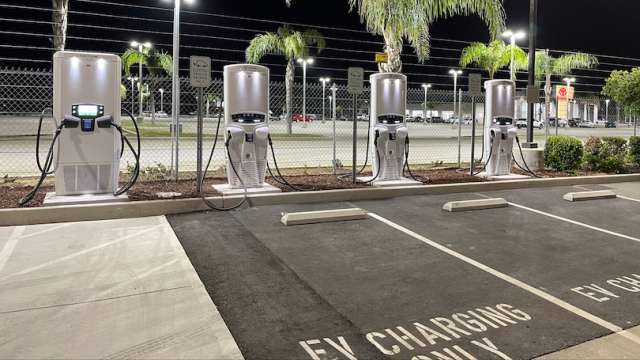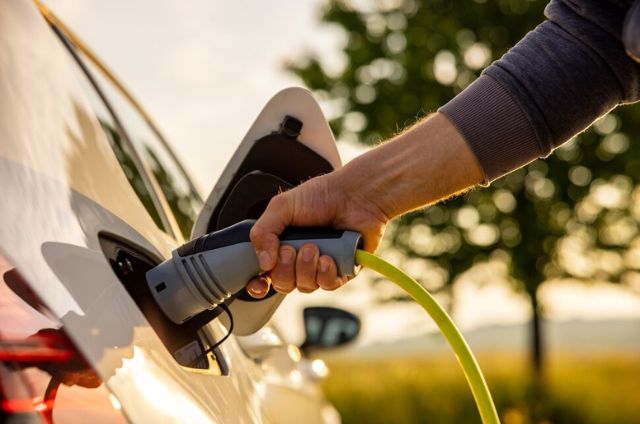China Sets the Standard for Battery Recycling
Chinese companies say they can now recover 99.6% of nickel, manganese, and cobalt from used EV batteries. If accurate, this isn’t just a technical milestone—it’s a potential shift in global EV sustainability.
While it’s unclear if this recovery rate is being achieved at scale, the number is higher than anything the EU or US has reached so far. It’s another sign that China is far ahead in the battery recycling game—and gaining ground fast.
Recycling at Scale—Not Just Hype
China isn’t just testing tech in labs. Companies like Guangdong Brunp Recycling Technology, a CATL subsidiary, are already processing over 120,000 tons of waste batteries yearly. The company plans to scale to 1 million tons, with over 200 recycling facilities already active across the country.
That’s not just impressive—it’s industrial dominance.
The Environmental Angle
Most EV batteries contain rare materials that are expensive to mine—and often extracted under questionable labor practices. By recovering these materials instead of sourcing them from the ground, China is reducing its reliance on virgin materials and increasing self-sufficiency.
Even more, China’s stricter 2024 recycling standards now require 90% lithium recovery and 98% recovery rates for copper, aluminum, and rare earths. Some companies are already exceeding those targets.
The West Can’t Keep Up—Yet
While Redwood Materials in the U.S. claims it can recover up to 95% of key materials, it hasn’t proven that at commercial scale. Meanwhile, EU plans to mandate modest recovery percentages by 2031, far behind China’s current capabilities.
Worse yet, recent policy rollbacks in the U.S. threaten progress just as battery recycling demand is set to skyrocket.
Final Take
As EVs age, recycling will define the next phase of electrification. With its aggressive standards, scaling infrastructure, and eye-popping recovery rates, China may already have the circular economy locked down—before the rest of the world even catches on.



